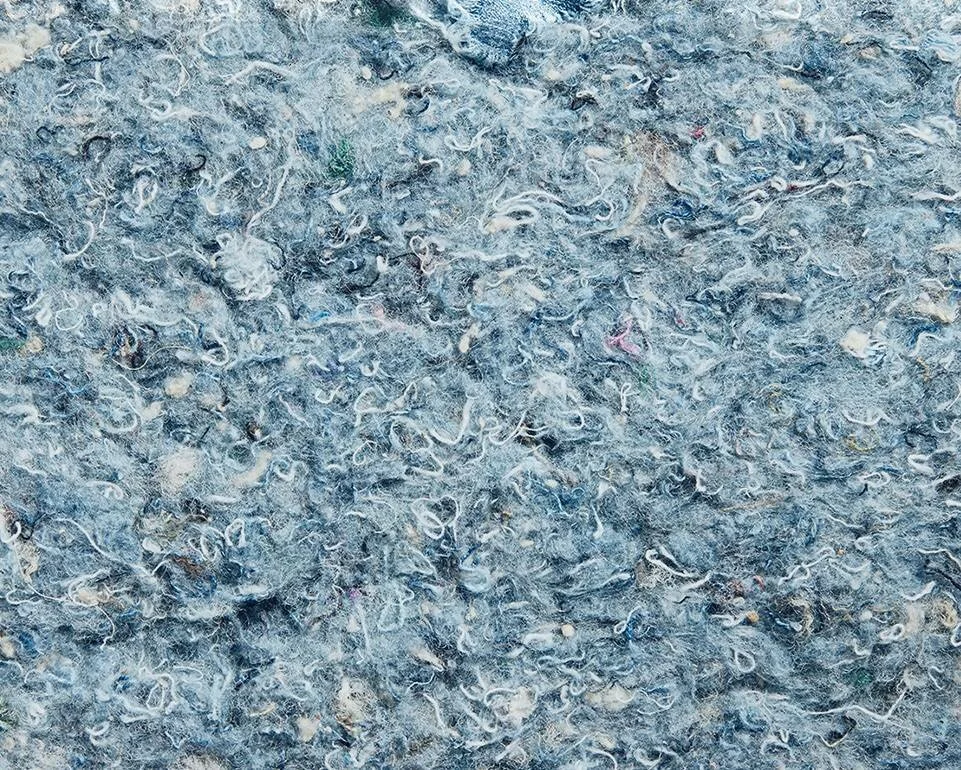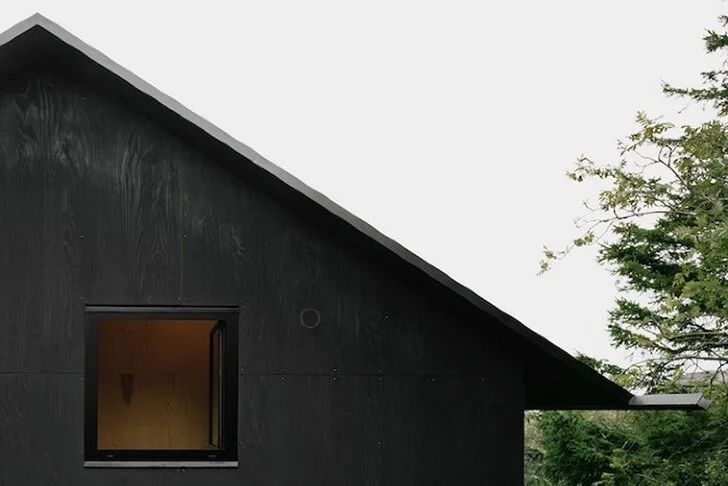Program: temporary Installation
Scale: 1,000 sf
Research by Dutch Professor Arjen Y. Hoekstra, the Twente Water Centre, and University of Twente defines the water a commodity indirectly requires for its production as ‘virtual water.’ While this water is not directly seen by a consumer, it is not virtual by any stretch.
What if we materialized a water footprint in a way
that made its perception as real as its actuality?
The dimensions of each of the volumes in this installation have been calculated to equal to the volume of water required to produce different foods based on Hoekstra’s water footprint analysis.
Food + Water makes Hoekstra’s virtual water real, allowing visitors to physically experience the relationship between the food they eat and the water necessary to produce it. A 1/4 pound hamburger, for example, is only a few inches in scale. In terms of a volumetric water footprint, however, this quarter pound patty can be represented by a four foot cube. And although meat is often the culprit of resource requirements for production, an average chocolate bar takes more water than a chicken breast to be produced. The volumetric difference between these items we’re so intimately acquainted with and the volume of water necessary to produce it creates an important connection between our food and its true value.
This installation was planned to be shown for Circular City Week at The New School in New York City just days after the New York City COVID-19 stay at home order. An installation shown during Circular City Week and hosted by the Parsons Healthy Materials Lab must be emblematic of a healthy, circular material practice. For this reason, every material and process of Food and Water has been carefully selected to showcase these practices.
The volumes in this installation are made of an upcycled denim material ordinarily used as a sustainable insulation called Ultra Touch. This material is light, easy to work with, and blue in color. It is natural, non-toxic, and is a part of a circular economy.
The plywood bases that frame the volumes will be produced from Pure Bond maple ply which uses a formaldehyde free, soy based adhesive. The black finish will be achieved by mixing pine tar with linseed oil. This mix is all natural, and is commonly used on house siding as shown in the photo below. These materials form a complete arrangement especially fitting for an installation during Circular City Week as it speaks to the feasibility of circular building materials.
A home by Johannes Norlander as an example of plywood finished with black linseed paint.
Project done as part of Sum Studio








